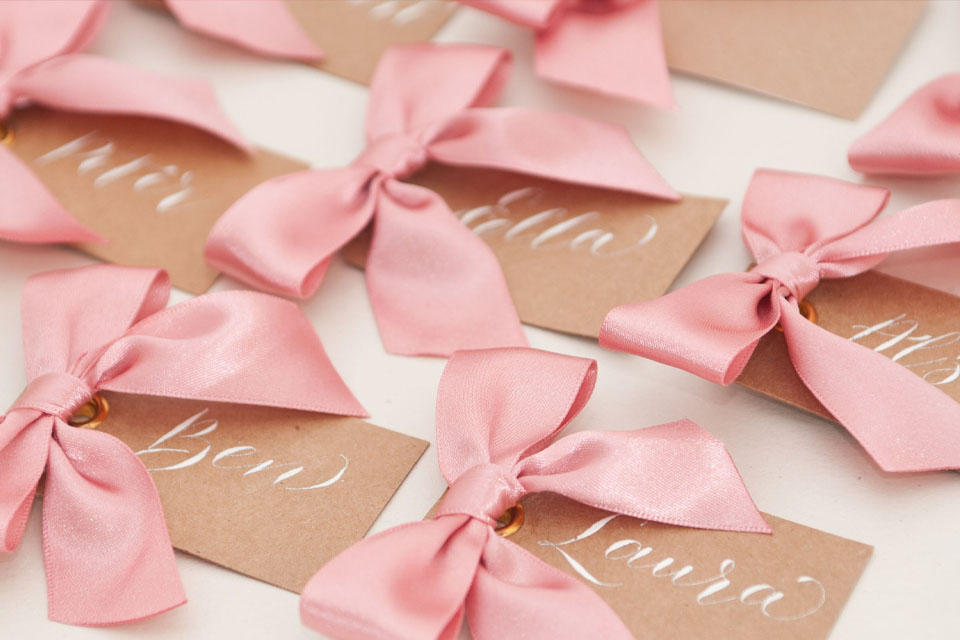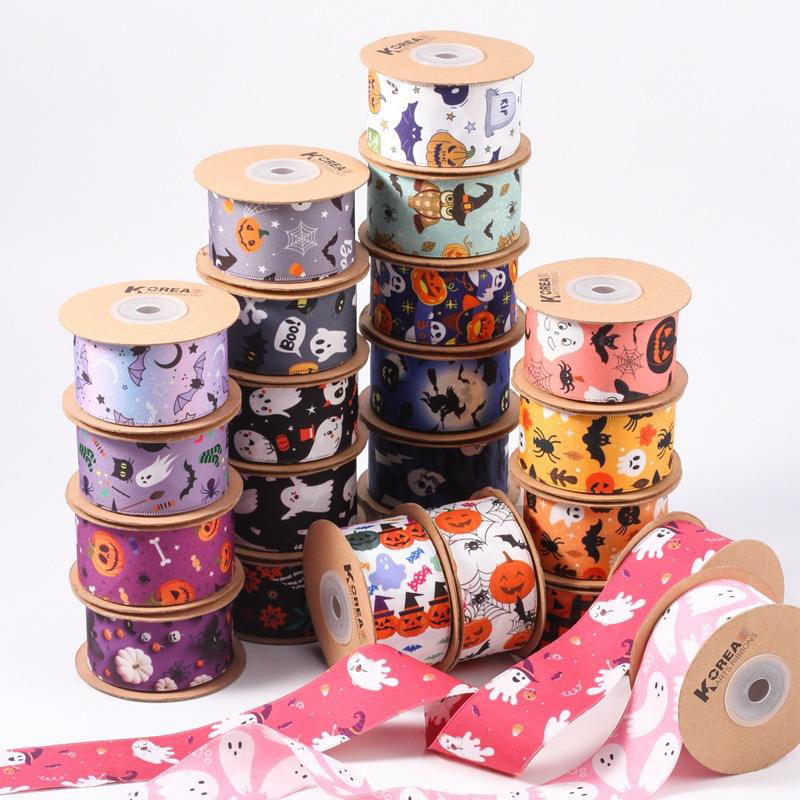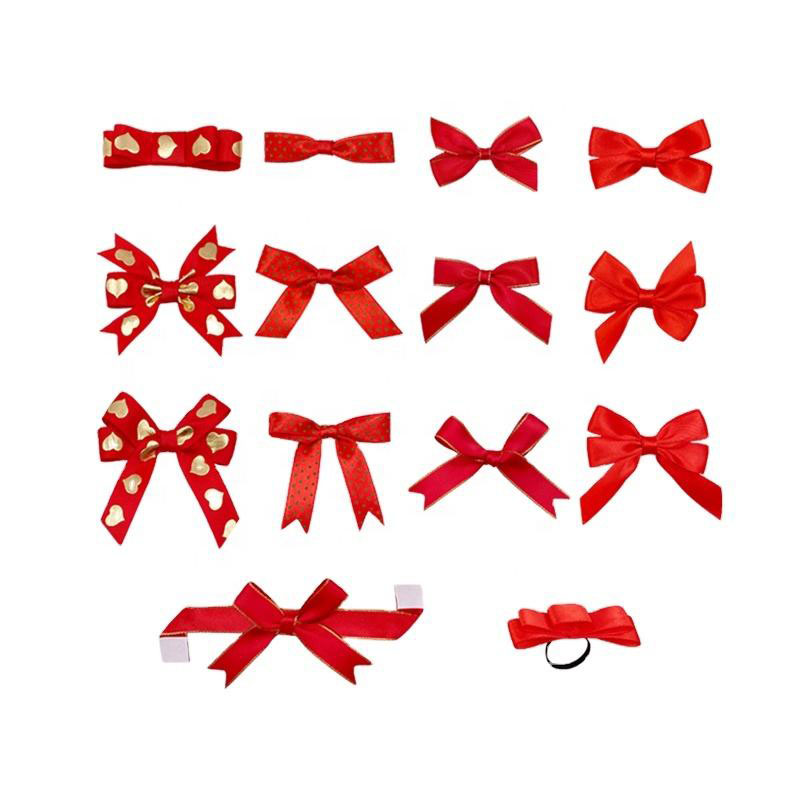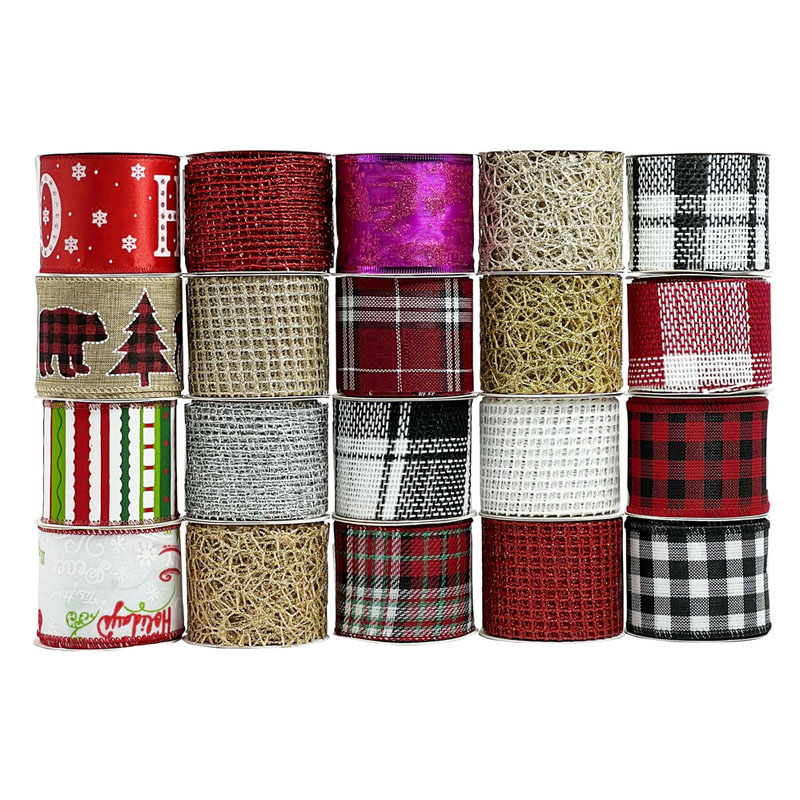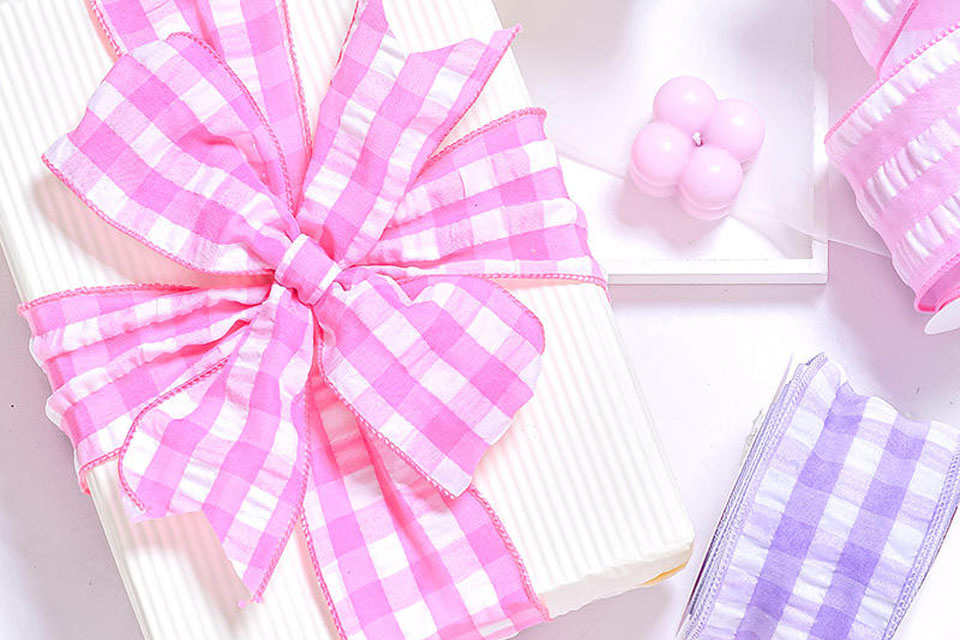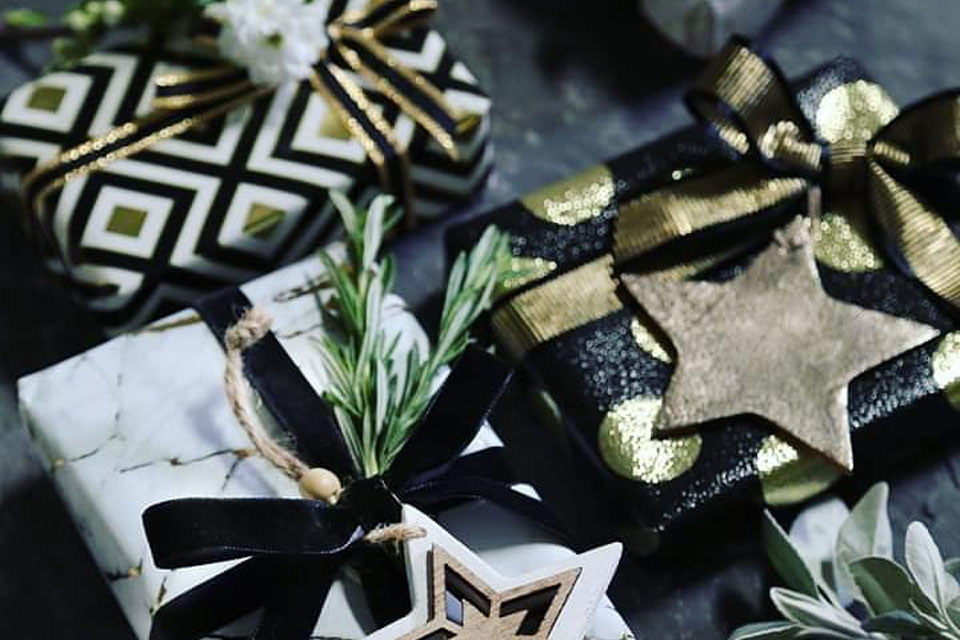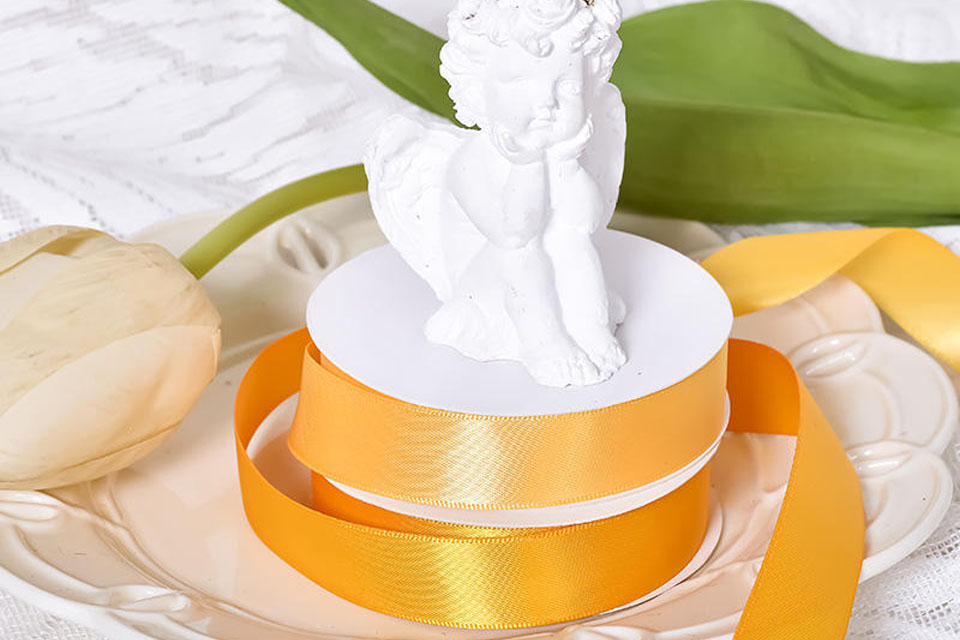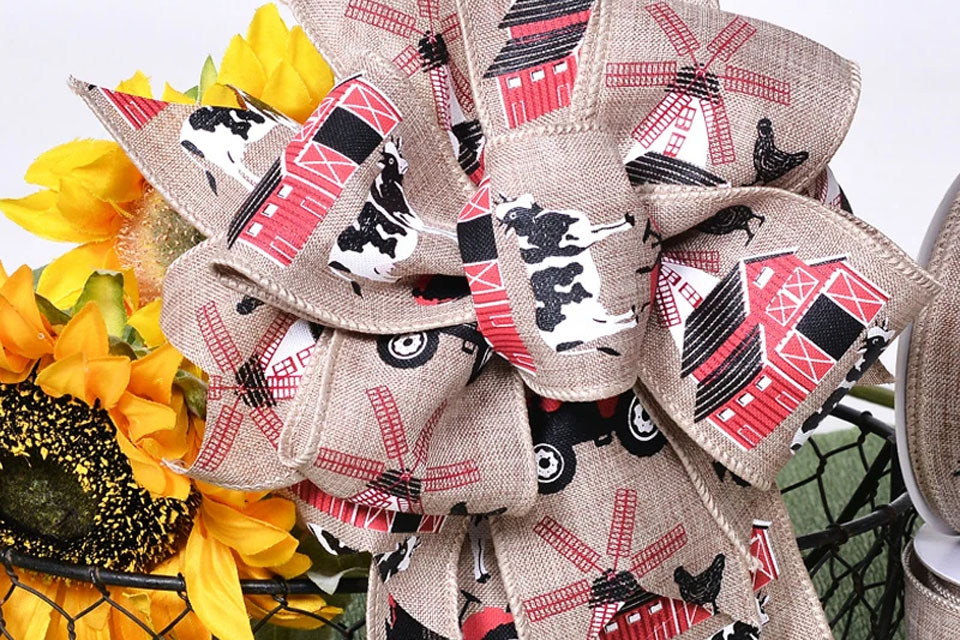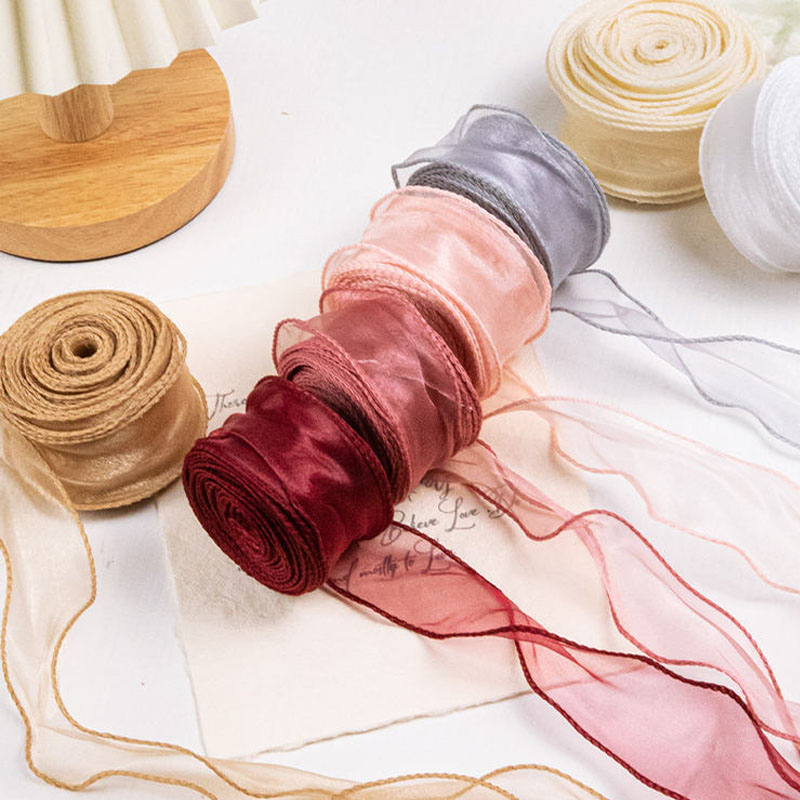
Learn the latest trends and knowledge from the leading manufacturer in China about ribbon business.
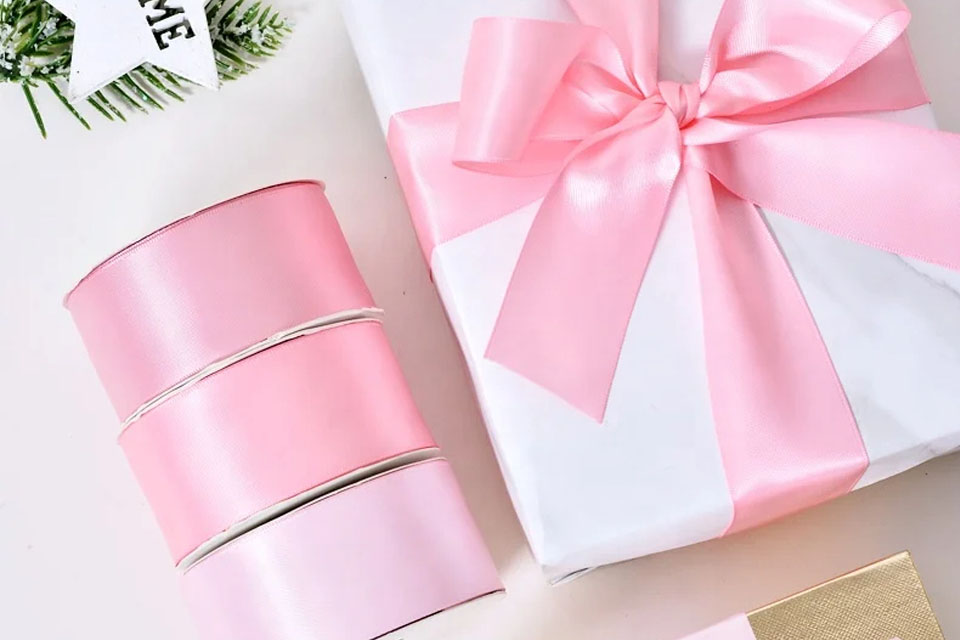
Elevate Your Projects with Premium (Satin Ribbons): Double Face, Colors, and Versatility
Discover the transformative power of satin ribbons in enhancing your creative and professional projects.

Transform Your Crafts with Meedee Ribbon’s Deco Mesh Stripes
Deco mesh stripes are the versatile and vibrant materials that every crafter needs to unleash their creativity.
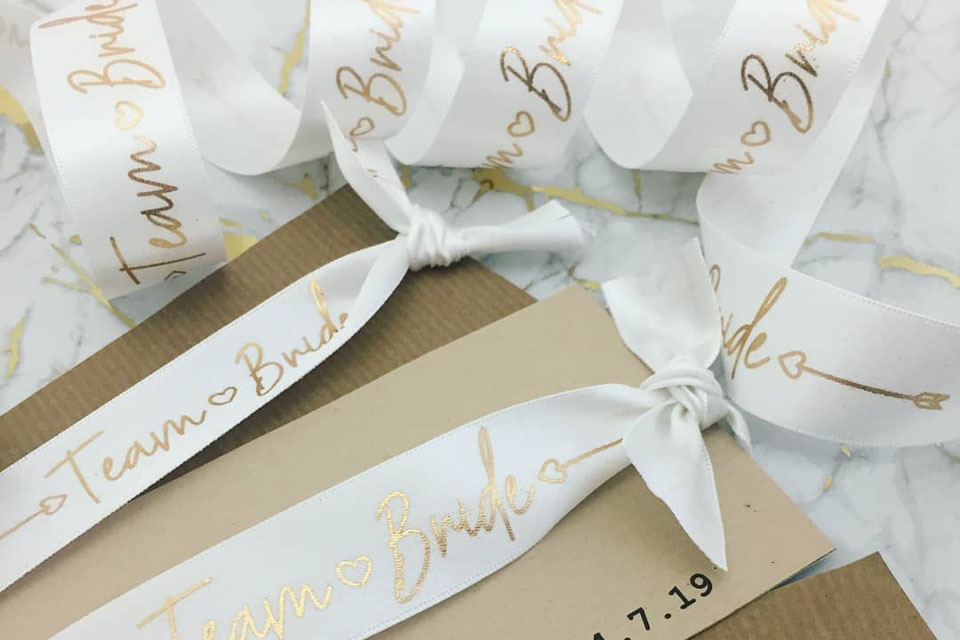
Innovative Ribbon Types For Bow Design: A Scientific View
Crafting beautiful bows is an art that transforms a simple gift into a visual delight.

